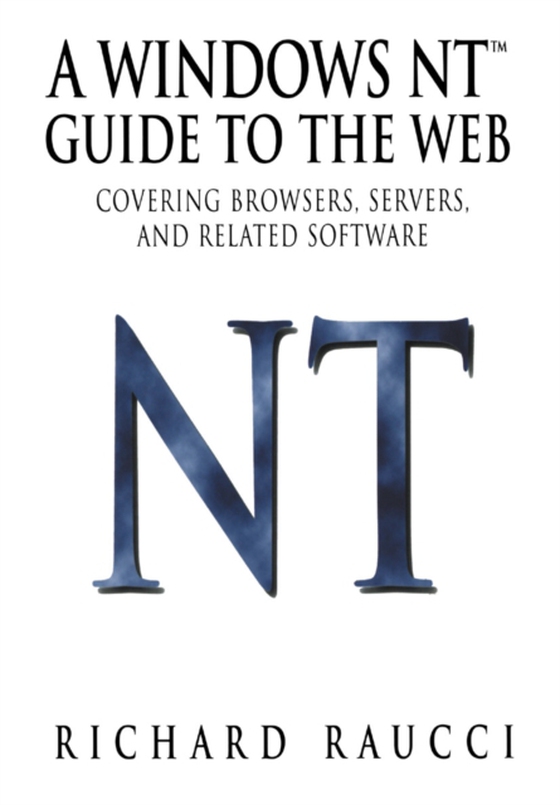
Windows NT(TM) Guide to the Web e-bog
436,85 DKK
(inkl. moms 546,06 DKK)
NT as an Operating System Microsoft developed Windows NT as an alternative to Unix. The company sees it as a part of its overall Enterprise Computing plan.It scales up from basic 486 systems to high-end RISC sys- tems from companies like Digital, NEC,and PCvendors offering PowerPC systems for NT. The basic operating system consists of a user interface shell (similar in appearance to Windows 3.1...
E-bog
436,85 DKK
Forlag
Springer
Udgivet
27 juni 2011
Genrer
UKN
Sprog
English
Format
pdf
Beskyttelse
LCP
ISBN
9781441985729
NT as an Operating System Microsoft developed Windows NT as an alternative to Unix. The company sees it as a part of its overall Enterprise Computing plan.It scales up from basic 486 systems to high-end RISC sys- tems from companies like Digital, NEC,and PCvendors offering PowerPC systems for NT. The basic operating system consists of a user interface shell (similar in appearance to Windows 3.1 for NT 3.1 to 3.5, and changing to look and feel more like Windows 95 for NT 4.0) de- signed to run 32-bit programs. This makes it ideal for the multi- media nature of Web browsers, and for the heavy-duty require- ments of a Web server. There are a number of elements in the as that are special to NT. These include the control panelsand administrativesupport tools relating to NT's services and support mechanisms. TCP/IP is included for Internetaccess throughtraditional networks.You can also connect from Windows NTWorkstation via MS Remote Access to any Internet Access Providersupporting PPP. Basic requirements for Windows NT Workstation are a 486 system with at least 8 MB of RAM, although 16 MB is recom- mended. The client software needed to connect to a corporate server is included, as is the Remote Access software mentioned earlier. 1. Introduction FIGURE 1.1. NT4.0 operating system.
 Dansk
Dansk

